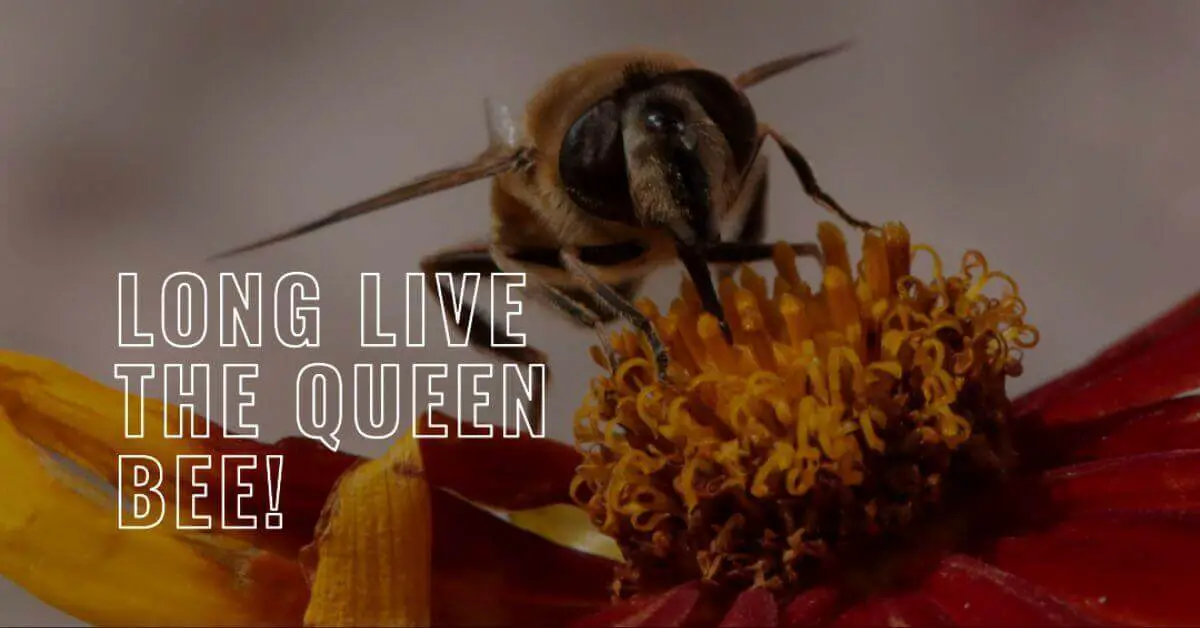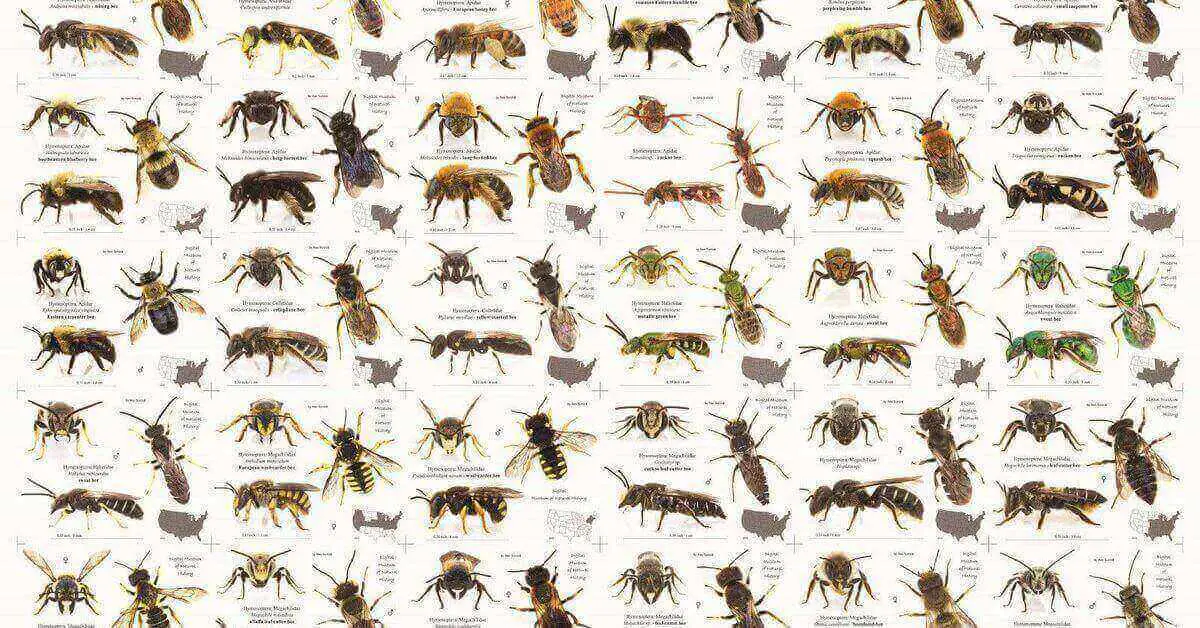The world of bees is a fascinating one, with intricate social structures and hierarchy. At the heart of every beehive lies a powerful figure, the queen bee. In this blog, we’ll dive into the life of the queen bee, her vital role within the hive, and intriguing facts that make her a true marvel of nature.
What is a Queen Bee?
A queen bee is the heart and soul of a beehive, and her presence is critical for the colony’s survival. She is the largest bee in the hive, easily recognizable by her elongated body and graceful presence. Unlike worker bees, the queen possesses fully developed reproductive organs, which enable her to lay eggs.
What does the Queen Bee do?
The queen bee’s primary role is reproduction, as she is responsible for laying eggs that give rise to the future generations of worker bees and drones. Remarkably, she can lay up to 1500 eggs per day, an essential feat for the colony’s growth and survival. Her pheromones also play a crucial part in maintaining harmony within the hive, as they dictate the behavior and unity of the worker bees.
Queen Bee Facts
Longevity: The queen bee is a true survivor, with a lifespan that far exceeds that of other bees in the colony. While worker bees live for a few weeks, the queen can live up to several years if conditions are favorable.
Unique Diet: To ensure her fertility, the queen bee enjoys a privileged diet of royal jelly throughout her life. This exclusive diet sets her apart from the worker bees and contributes to her ability to lay so many eggs.
The Process of Becoming Queen: When the colony senses the need for a new queen or the current queen’s failing health, they select a few larvae to nurture into potential queens. The first queen to emerge will seek out and eliminate her competitors, ensuring her dominance.
Queen Bee Mating with Drone
The queen bee’s mating process is a remarkable event in the life of the hive. During the warmer months, the queen takes to the skies on her mating flight. She can mate with several drones from other colonies during this aerial rendezvous, storing their sperm in her body for future egg-laying.
Queen Bee Mating Flight
The queen’s mating flight is an awe-inspiring spectacle. Accompanied by a group of worker bees, she soars high above the hive, sometimes reaching heights of over 100 feet. During this flight, she emits special pheromones to attract drones from other colonies, ensuring a diverse gene pool for the colony.
Queen Bee Mating Timeline
The queen’s mating flight usually occurs early in her life, within the first few weeks after her emergence. It is essential for her to mate during this period, as once she returns to the hive, she will not leave again for mating purposes. The sperm she collects during her flight will last her entire lifetime.
When do Queen Bees Stop Laying Eggs?
As the queen bee ages, her egg-laying rate gradually declines. Towards the end of her life, she may struggle to maintain her reproductive capabilities. This decline is often influenced by various factors, including environmental conditions, genetic predisposition, and the overall health of the colony.
Characteristics of a Queen Bee Woman:
Confidence: A Queen Bee woman exudes a natural and unshakable confidence. She knows her worth and isn’t afraid to stand out in a crowd.
Leadership: She possesses strong leadership skills that draw others towards her. People naturally look up to her for guidance and direction.
Independence: Independence is her forte. She’s self-reliant and capable of making her own decisions without relying on validation from others.
Assertiveness: She communicates her thoughts and desires assertively, without being domineering. Her ability to express herself effectively makes her an influential figure.
Ambition: Queen Bee women are ambitious and set high goals for themselves. They are driven to achieve and excel in various aspects of their lives.
Empathy: Despite their strong exterior, they are empathetic and considerate. They understand the emotions of those around them and offer support when needed.
Networking Skills: Building and nurturing connections is a natural skill for a Queen Bee woman. She can effortlessly create meaningful relationships that often lead to new opportunities.
Resilience: Challenges don’t deter her; they only make her stronger. She’s resilient in the face of adversity and bounces back with renewed determination.
Influence: Her opinions hold weight, and people listen when she speaks. Her influence is a result of a combination of her knowledge, confidence, and interpersonal skills.
Grace and Elegance: A Queen Bee woman carries herself with grace and elegance. Her demeanor and appearance reflect her self-assured nature.
Decision-Making: Making tough decisions is second nature to her. She analyzes situations thoroughly and makes choices that align with her vision.
Lifelong Learner: She’s always eager to learn and grow. Her curiosity drives her to continuously expand her knowledge and skills.
Generosity: While assertive, she is also generous with her time, resources, and wisdom. She uplifts those around her and contributes positively to her community.
Unapologetically Authentic: She embraces her true self without feeling the need to conform to societal norms. Her authenticity is inspiring to others.
Adaptability: A Queen Bee woman can navigate various environments and adapt to changing circumstances without losing her essence.
Visionary: She has a clear vision for her life and works diligently towards manifesting her dreams. Her determination serves as a beacon for others to follow.
Related Post:
When does the Queen Bee Start Laying Eggs in Spring?
In regions with temperate climates, the queen bee starts laying eggs in early spring. As the weather warms and the availability of nectar and pollen increases, the colony becomes more active, prompting the queen to begin her egg-laying duties.
Queen Bee Swarming
A Queen’s Journey Beyond the Hive: When the hive becomes overcrowded, or resources are scarce, the queen and a group of worker bees embark on a remarkable journey called swarming. The old queen, accompanied by thousands of worker bees, leaves the hive in search of a new location to establish a colony. During this process, scout bees search for suitable sites to build a new home. Once a suitable location is found, the swarm settles, and the queen resumes her egg-laying duties, giving rise to a new colony.
Conclusion
The queen bee is an extraordinary creature, commanding the destiny of her colony through her unique role as the heart of the hive. From her awe-inspiring mating flight to her egg-laying prowess, the queen’s life is a captivating tale of survival and responsibility. As we continue to explore the marvels of the natural world, let us not forget to appreciate the vital role played by these regal beings, the queen bees, in sustaining the delicate balance of our ecosystem.




